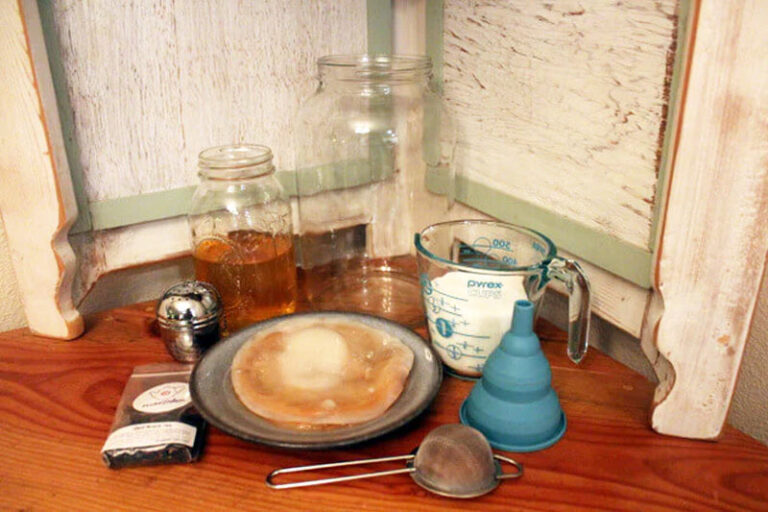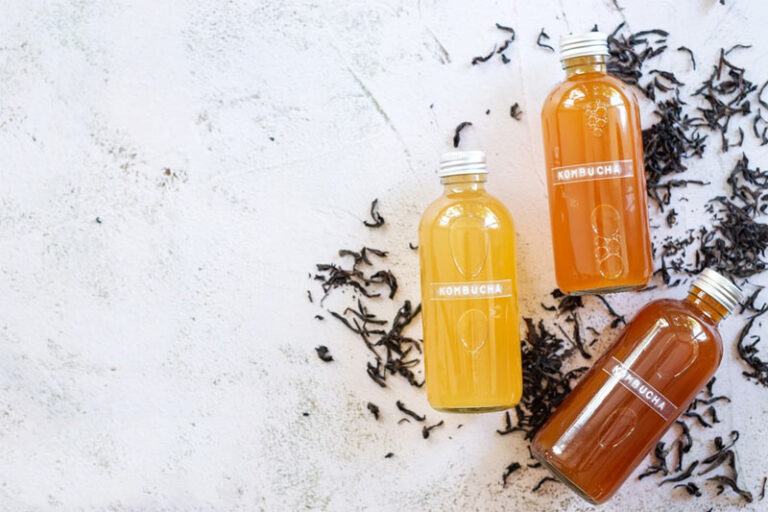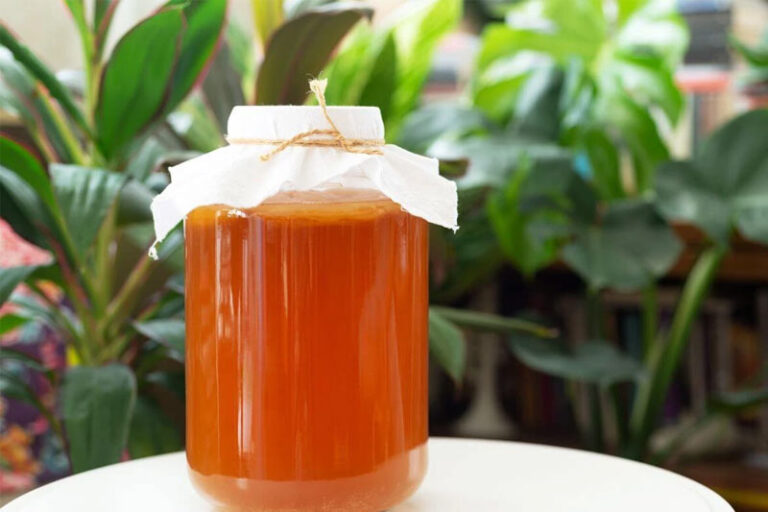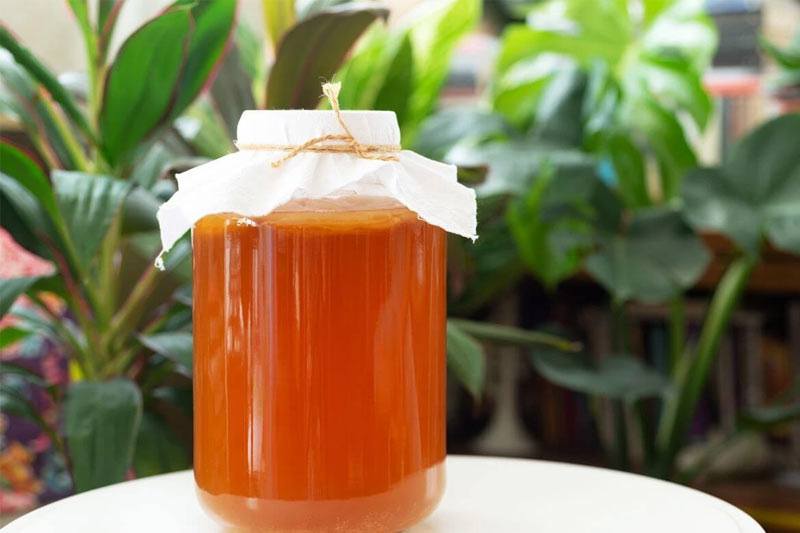Kombucha home brewing is the process of making your kombucha at home, a fermented beverage popular for its unique flavor and potential health benefits. It is made by fermenting sweet tea with a microbial culture called a SCOBY, which usually contains multiple yeasts and bacteria. Brewing kombucha at home is not only a fun DIY activity, allowing the brewer to adjust it to personal taste, but also to enjoy the freshness and uniqueness of a homemade drink. This homemade method allows consumers to gain in-depth knowledge of the production process, so they can better control the flavor and health attributes of the drink.

Kombucha History
The history of Kombucha dates back thousands of years, and it originally originated in China. Historical records show that Kombucha was consumed in China around 220 BC and was originally considered a health drink. Over time, Kombucha spread to Russia, Europe, and North America, becoming a traditional drink in many cultures.
In the 20th century, Kombucha regained attention, especially in the context of increasing health awareness. Today, Kombucha is not only widely available in stores, but many people have begun to try home brewing and enjoy the process and custom flavors.
Basic ingredients of Kombucha
- Tea: Black tea or green tea is usually used. Tea leaves provide nutrients and aroma for fermentation.
- Sugar: White sugar or other natural sugar sources are usually used, and sugar provides energy for fermentation.
- SCOBY: SCOBY is the abbreviation of “Symbiotic Culture Of Bacteria and Yeast”, which is the core of Kombucha fermentation and contains a variety of beneficial yeasts and bacteria.
- Starter liquid: This is previously fermented Kombucha, which provides the required acidity and active bacteria.
Tools for home brewing of kombucha
- Tea: Choose high-quality black or green tea, and avoid using spices and flavored teas.
- Sugar: White sugar is usually used. Other sugars such as honey and coconut sugar are also OK, but be careful to affect fermentation.
- Fermentation tank: Large glass jars, stainless steel jars, and other jars are usually used.
- Temperature measuring tools: Used to monitor the temperature of the fermentation environment to ensure that it is within a suitable range (usually 20-30°C).
- Stirring tools: Used to stir sugar and tea. Metal utensils are not recommended to prevent reactions with acidic ingredients.
- Brew tank: Brew and store your kombucha in one container without bottling. The tap valve allows you to pour directly from the tank. The rewritable label on the top of the tank makes it easy to identify each batch.
- Filtering tools: Fine mesh sieves are used to filter tea leaves to ensure a clean tea base.
- Cleaning tools: Brushes and detergents are used to wash all tools and containers to ensure hygiene.
Kombucha home brewing steps
Prepare the tea base
- Boil water: Boil water and then cool to room temperature.
- Break tea leaves: Add tea leaves to hot water and steep for about 5-10 minutes. For black tea, it is recommended to use 2-3 tea bags; for green tea, use 1-2 tea bags.
- Add sugar: Take out the tea leaves, add the appropriate amount of sugar, and stir until completely dissolved. Generally, 100 grams of sugar is needed for 1 liter of water.
Add SCOBY
- Cool the tea base: Make sure the tea base cools to room temperature.
- Add starter liquid: Pour the previously fermented kombucha into the cooled tea base, usually adding about 100-200 ml of starter liquid to 1 liter of tea base.
- Put in SCOBY: Carefully place the SCOBY in the tea base.
Fermentation
- Cover the container: Cover the mouth of the container with a cloth and secure it with a rubber band to ensure ventilation and prevent impurities from entering.
- Choose a fermentation location: Place the container in a warm, cool place, ideally at 20-30°C, away from direct sunlight.

Observe the fermentation process
- Fermentation time: Generally, the fermentation time is 7-14 days, depending on the temperature and personal taste. You can try it regularly to judge the acidity and flavor.
- Fermentation changes: Kombucha will become more and more sour over time, and the SCOBY may also thicken.
Bottle and seasoning
- Remove the SCOBY: Use clean tools to remove the SCOBY and place it on a clean plate.
- Flavoring: You can add fruits, spices, or other seasonings to increase the flavor.
- Bottling: Pour the kombucha into the bottle, leaving appropriate space for secondary fermentation.
Secondary fermentation
- Seal the bottle: Seal the bottle and place it at room temperature for secondary fermentation, which usually lasts 3-7 days.
- Effervescence: During the secondary fermentation, the gas produced will make the drink more bubbly.
Refrigerate and enjoy
- Refrigerate: After the secondary fermentation is completed, put the bottle in the refrigerator.
- Enjoy: Take it out and drink it at any time. Kombucha can be drunk cold or added to ice cubes or other drinks.
At what temperature should kombucha be brewed?
Room temperature (above 21°C) is fine, but the ideal temperature range is 26-27°C. Fermentation slows down at 18°C, and above 30°C the yeast proliferates and causes increased alcohol production. If you want to reach the ideal temperature, you need to use a heating method. The best way to do this is to use a home brewery heating tape that can be wrapped around the container and heated from the sides. Heating from the bottom will make the yeast too active.
When is kombucha ready to drink?
There is no definitive time when you can say it is ready. Kombucha starts as a sweet liquid, but as it ferments it becomes more sour, so when it reaches your preferred sourness is a matter of personal preference. After six days, you can start tasting your kombucha every day to see how it changes. If it is too sweet, leave it out longer. For this reason, some people will judge a batch of kombucha to be ready after six days, while others may consider nine or twelve days.

FAQ
What is Kombucha?
Kombucha is a fermented drink made from sweet tea and SCOBY (symbiotic bacteria), which has a unique sweet and sour taste and potential health benefits.
How to determine the fermentation time?
The fermentation time depends on temperature and personal taste. Generally speaking, higher temperatures will speed up fermentation, and it is recommended to try it regularly to judge the acidity and flavor.
How to avoid Kombucha tasting too sour?
The acidity can be controlled by shortening the fermentation time, adjusting the amount of sugar, or using a fresh SCOBY.
What should I pay attention to when drinking Kombucha?
It is recommended to drink in moderation, especially for people who are sensitive to caffeine. At the same time, pay attention to the body’s reaction and stop drinking immediately if you feel uncomfortable.

